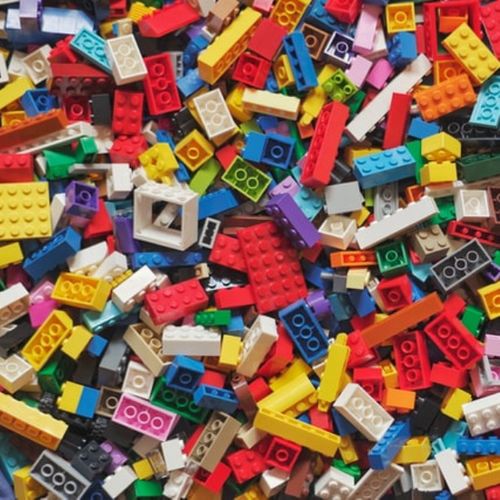Lego : Building a Greener Future
Jul 26, 2022 · 2 mins read
0
Share

Many of us have fond memories of whiling away hours of childhood playing with Lego. The iconic building bricks are a fixture in most homes as families garner pleasure constructing, dismantling and reconstructing imaginative things with the colourful interlinking children's toys.
Save
Share
Developed in 1932 by Danish carpenter Ole Kirk Christianson, the interlocking bricks were originally made of wood. Lego, meaning ‘Play Well’, was first manufactured in plastic in 1947 and destined to become a hugely appealing building toy for children (and adults) worldwide.
Save
Share
Owning to its strength and durability, Lego is traditionally made from an oil based hard plastic. In 2021, Lego announced a switch to PET plastic, a more eco-friendly, sustainable substance. PET is a highly recyclable, high-value resin used primarily in water and drinks bottles.
Save
Share
Lego was not designed to be a single use product, with prized Lego sets passed down from generation to generation, but that doesn’t mean the company is not accountable for the ecological damage and carbon emissions that manufacturing the toy generates.
Save
Share
Bio plastics sourced from plant sugar are renewable and biodegradable but lack strength. Lego demands durable substances which pass their rigid quality standards and lightweight PET plastic fits that bill. A new prototype means a recycled 1 litre bottle can become 10 2x4 bricks!
Save
Share
It may be some time before the recycled bricks make their way into children's hands, but Legos dedication to sustainability is clear to see. The worlds best and brightest scientists, engineers and designers are working towards the companies goal of becoming truly zero waste.
Save
Share
It's not just the little bricks that carry a carbon footprint. Lego have already announced replacing the plastic inner packaging with a recyclable paper bag. Corrugated cardboard used in boxes is sourced sustainably from certified forests and big investment made into wind farms.
Save
Share
Savvy shoppers care about sustainability. Sinking research funds into improving production processes without changing the product means Lego can constantly appeal to new audiences and stay relevant while proving they care enough about the environment to implement real change.
Save
Share
Lego is one of those classic toys used to help develop hand-eye coordination and, 90 years later, still one of the worlds most influential brands. They are so dedicated to ensuring the toys remain universal that a brick bought in 1958 is still compatible with one purchased today!
Save
Share
With over 75 billion bricks sold annually, sales of the quintessential toy shows no sign of slow down. Investing in greener manufacturing and sustainable raw materials can only improve Legos bottom line and may help to build a better planet, brick by brick.
Save
Share
0